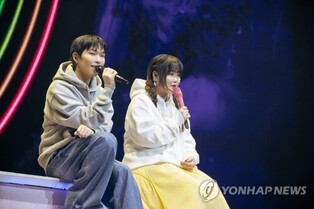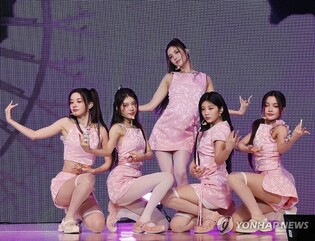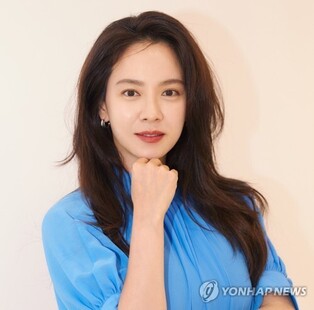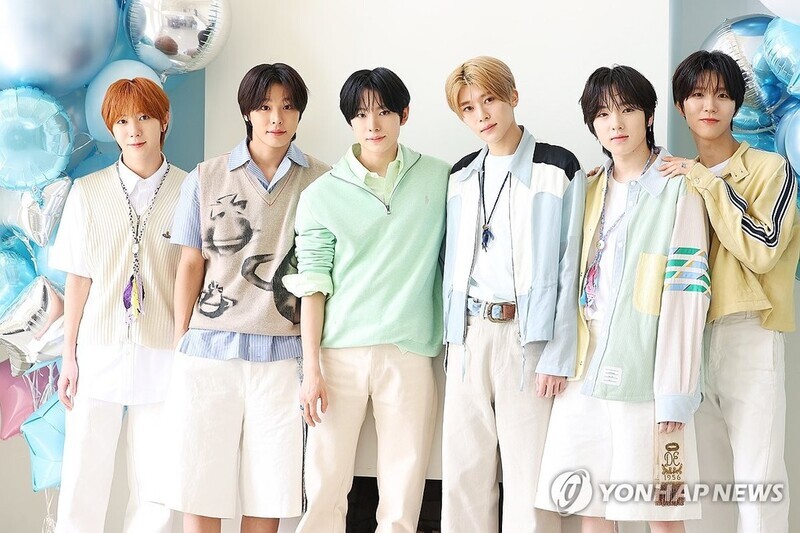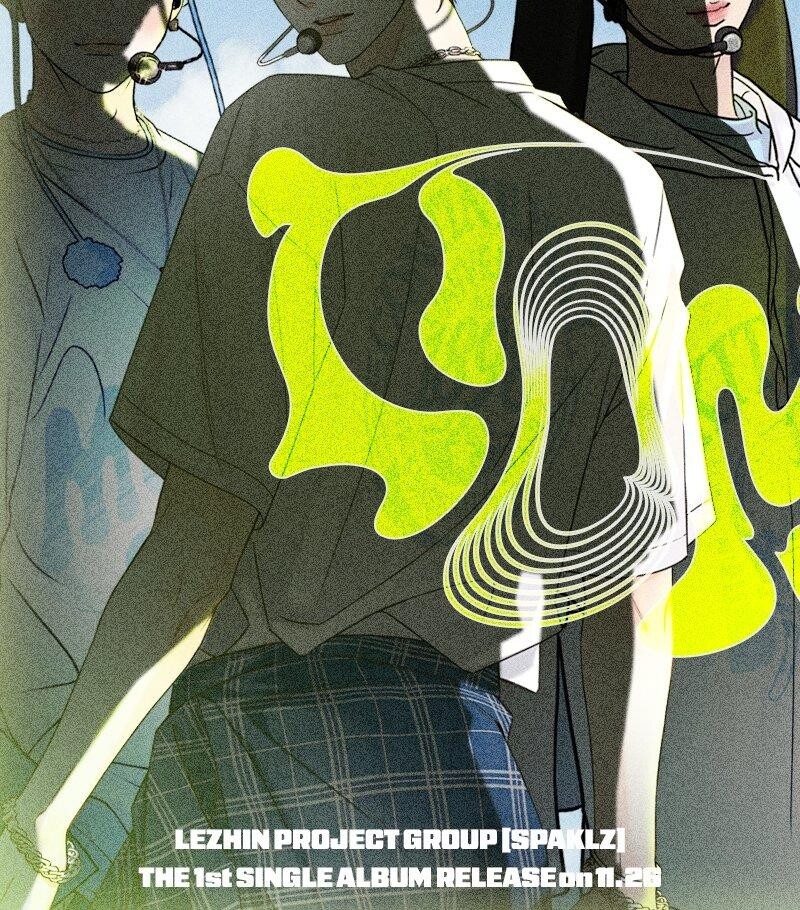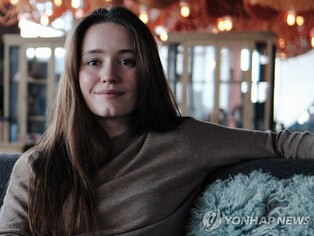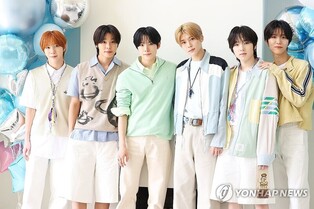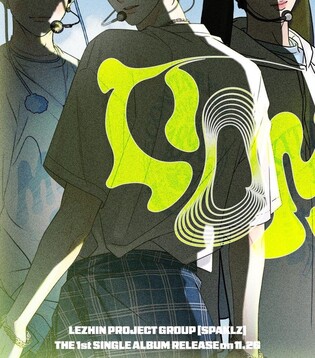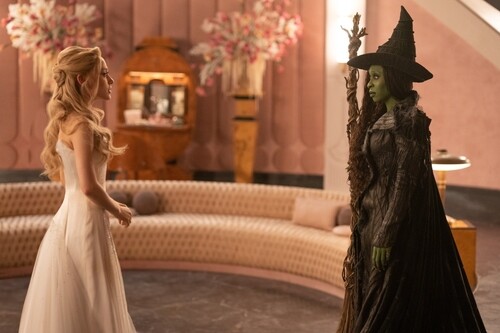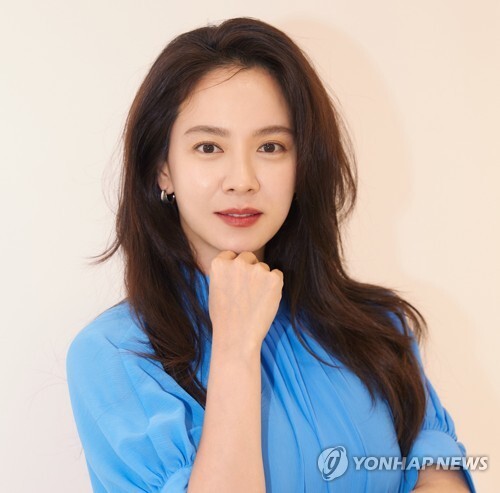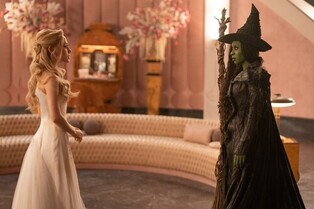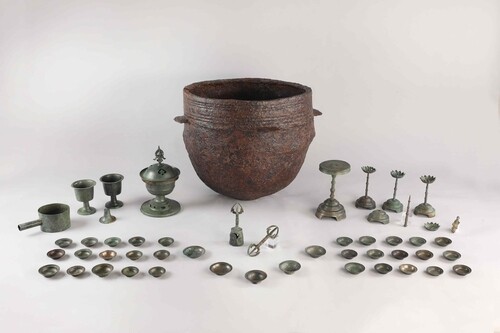 |
| ▲ This photo provided by the Gyeongju National Research Institute of Cultural Heritage shows the key artifacts on display. (PHOTO NOT FOR SALE) (Yonhap) |
GYEONGJU, Sept. 30 (Yonhap) -- Buddhist ritual implements and various craft items unearthed in Gyeongju, North Gyeongsang Province, will go on public display after nearly two years of preservation work.
The Gyeongju National Research Institute of Cultural Heritage said Tuesday it will hold a special exhibition, "Memories of the Cauldron: Hidden Wishes," at the Bulguksa Temple Museum from Wednesday in collaboration with the museum and the Chunchu Institute of Cultural Heritage.
The showcase is being organized ahead of the Asia-Pacific Economic Cooperation (APEC) summit in Gyeongju.
The exhibition will feature 58 pieces of 50 types of Buddhist craft items, including an iron cauldron, incense burners, candlesticks and plates, excavated in 2023 from the western section of Heungnyunsa, formerly known as Yeongmyosa Temple.
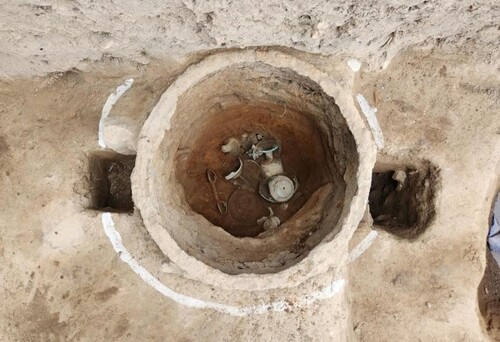 |
| ▲ This photo provided by the Korea Heritage Service (KHS) shows the scene from the time of excavation. (PHOTO NOT FOR SALE) (Yonhap) |
Heungnyunsa is traditionally believed to have been founded by the Goguryeo monk Ado. It is also said to be the first Buddhist temple built in the Silla Kingdom. Construction began again after the martyrdom of Ichadon in 527, during the reign of King Beopheung, making it one of Silla’s major temples.
According to the Cultural Heritage Administration’s online portal, a modern version of Heungnyunsa was rebuilt in the 1980s, while the presumed original site has been designated the Historic Site of Gyeongju Heungnyunsa Temple. The site is also where the celebrated "roof-end tile with a face design," dubbed "the smile of Silla," was discovered.
Scholars, however, have argued the site should instead be called Yeongmyosa Temple Site, citing numerous roof tiles inscribed with the phrase "Yeongmyo jisa" unearthed in the area.
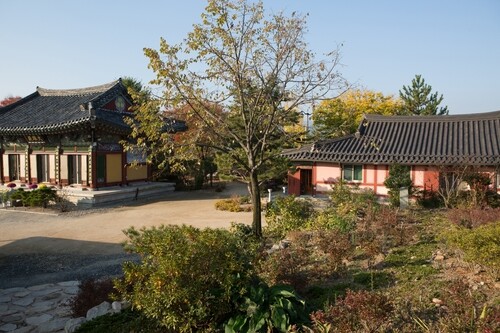 |
| ▲ This photo provided by the Korea Heritage Service (KHS), taken in 2015, shows the view of the historic Site of Gyeongju Heungnyunsa Temple site. (PHOTO NOT FOR SALE) (Yonhap) |
The exhibition will bring together artifacts uncovered during the 2023 excavation, including a massive iron cauldron measuring about 65 centimeters in diameter and 62 centimeters in height. Ritual objects preserved inside the cauldron will also be displayed for the first time, such as a type of incense burner called hyangwan, with a trumpet-shaped pedestal, and a vajra bell used in Buddhist ceremonies.
Grains found alongside the artifacts, including lime residue as well as barley, rice, millet, sorghum, wheat and beans, will also be presented.
"This provides important evidence that the items were not simply buried but placed in the ground through a special offering act," a research institute official said.
The exhibition offers visitors a chance to experience Buddhist cultural heritage from the Goryeo era in Gyeongju. "It will provide an opportunity to appreciate the sophistication and artistic beauty of Goryeo-era Buddhist crafts, characterized by their intricate designs and delicate decorations," the institute said.
The exhibition runs until Dec. 7.
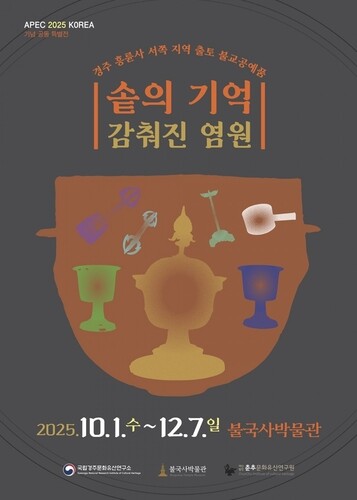 |
| ▲ This poster provided by the Gyeongju National Research Institute of Cultural Heritage promotes the special exhibition, "Memories of the Cauldron: Hidden Wishes," to be held at the Bulguksa Temple Museum from Oct. 1 to Dec. 7, 2025, in collaboration with the museum and the Chunchu Institute of Cultural Heritage. (PHOTO NOT FOR SALE) (Yonhap) |
(C) Yonhap News Agency. All Rights Reserved


















